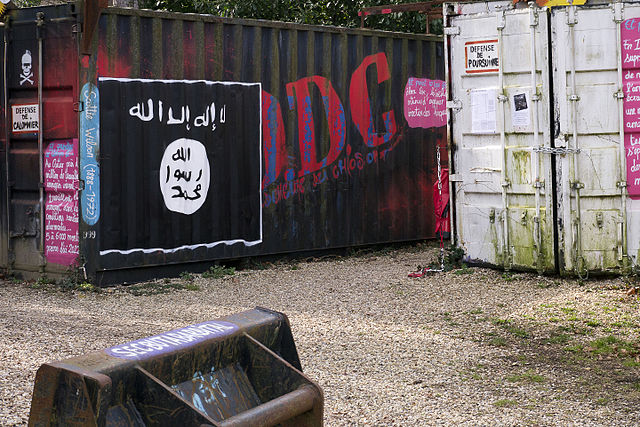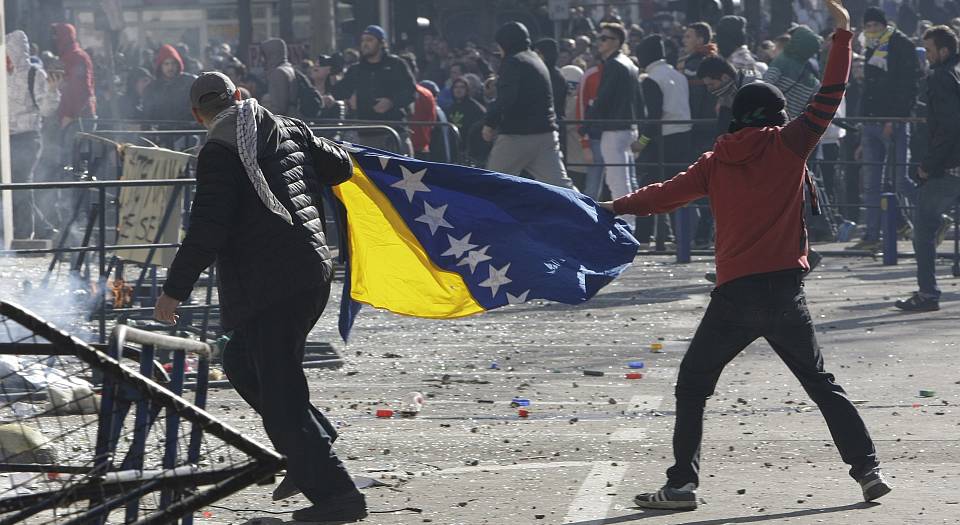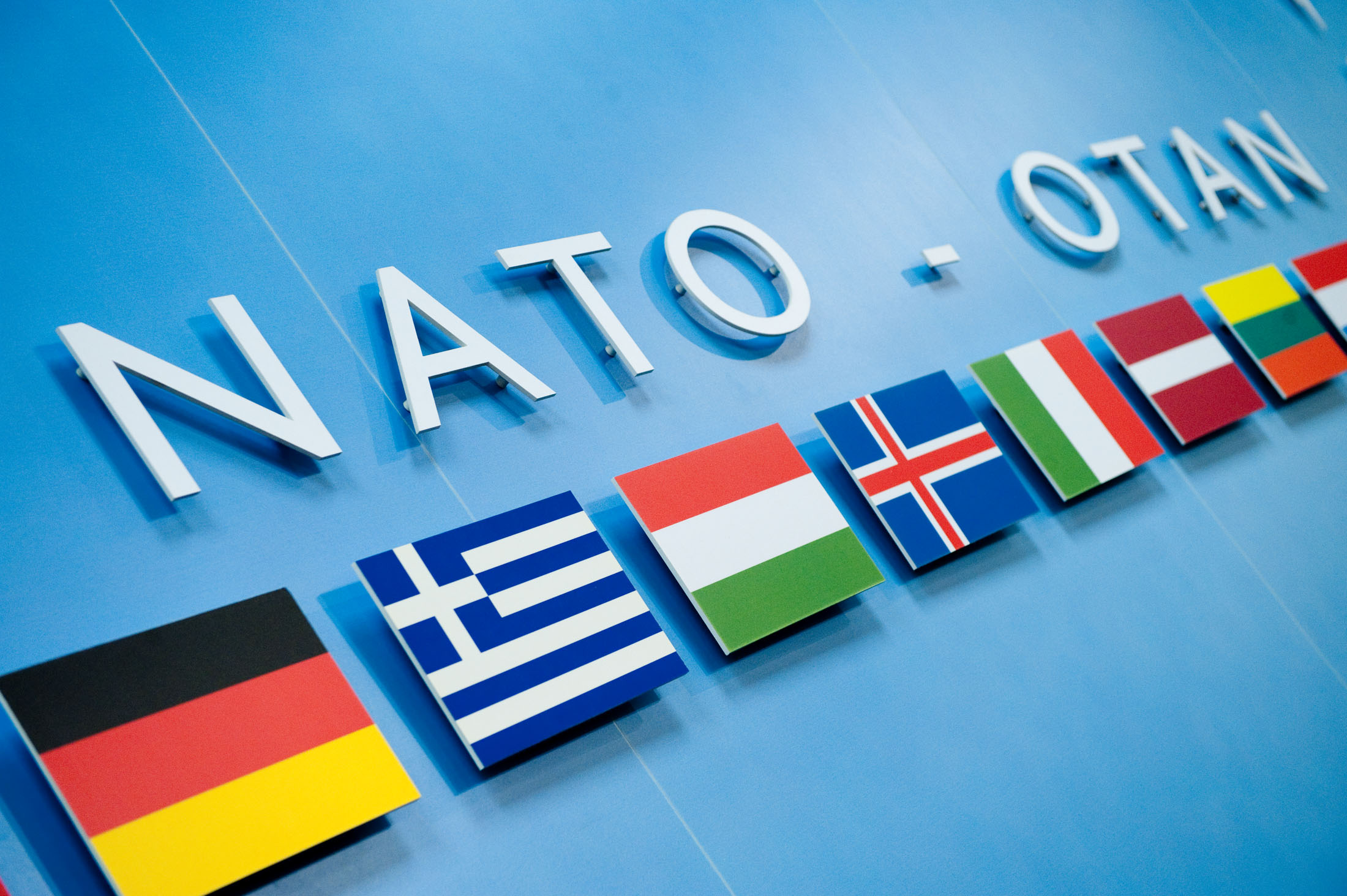On March 20th, President Trump stood on the White House lawn and announced the defeat of ISIS while holding two maps that displayed the massive difference in terms of the group’s territorial control before and after the operations of the US-led international coalition. A later sequence of developments on the ground have, unfortunately, shown the president’s words to be highly inaccurate – perhaps even downright false. This is because ISIS’s territorial shrinkage is real, but the group continues to be involved in the civil war in Syria. Just within the past few days, ISIS mounted an attack on the Syrian Arab army’s troops in eastern Syria using anti-tank guided missiles (ATGM). Two days earlier, the group had attacked Syrian army positions in a different location in eastern Syria resulting in firefights with multiple casualties on both sides.
But ISIS’s truly sinister impact is not as a fighting force that can play a significant impact in shaping the outcome of the Syrian civil war. Rather, the group’s uniquely effective propaganda and recruitment techniques, as well as its ability to establish contact with like-minded terrorist organizations in different parts of the world through modern communications technology and social media in particular, are the real sources of its continued lethality.
The first video of ISIS’s leader Abu Bakr Al Baghdadi in five years (released on April 29) marked an important turning point in the transformation of ISIS from a quasi-state entity to a network with multiple franchises. It featured a defiant leader that vowed to engage in a “long battle” despite suffering territorial defeat as a result of the US-led international coalition. This signalled a departure from the original objective of luring more Muslims to join their “state” to make it a viable regional force. Indeed, developments on the ground seem to suggest that ISIS has transformed into the principal node of a network of various terrorist groups that are based in a variety of regions around the world and possess varying degrees of affiliation with the centre. The group now aims to give aid and inspiration to other local terrorist groups, as well as continue its campaign to radicalize more Muslims.
Recent examples that point to this transformation abound. First, ISIS claimed responsibility for an attack against the Gubio military base in Nigeria, then released a video of a number of recent attacks and an execution that was perpetrated by ISWAP (the Boko Haram faction that targets the state’s military assets and is allied with ISIS). Second, there seems to be a connection between ISIS and the latest Easter attacks in Sri Lanka. In fact, multiple statements by government officials in Sri Lanka have made it clear that they believe local Islamist organization Thowheed Jamaath, the group responsible for the attacks, received help from outsiders. Their claim is supported by the high degree of sophistication and coordination involved in the attacks. Moreover, the influence of ISIS in the region has been ideological , as evidence of the spread of radicalism and a linking up between ISIS and Kashmir militants has been detected by two private social media monitoring firms. A third example is the foiled attempt to cause an explosion in Indonesia using WiFi. Five people who belong to a local Islamist organization with an ISIS affiliation were suspected of being behind it.
This new metamorphosis in the anatomy of the Islamic State Group represents a profound change that necessitates a new approach to counter-terrorism in order to degrade the capability of ISIS and prevent the spread of its ideology. A multi-pronged strategy that goes beyond the military operations that drastically reduced the group’s territorial dominance is absolutely crucial. This entails efforts by developed countries to support states that are at risk of failing due to the pressures of violent Islamist groups, as well as by social media companies to control the spread of ISIS’s destructive ideology. In addition, global civil society, given today’s interconnectedness, can make contributions to countering the narratives that are being used to recruit people into the cause of violent jihad.
Featured Image: Picture showing ISIS’s presence outside the Middle East. (2015) by Thierry Ehrmann via Flickr. Licensed under CC BY 2.0
Disclaimer: Any views or opinions expressed in articles are solely those of the authors and do not necessarily represent the views of the NATO Association of Canada.




